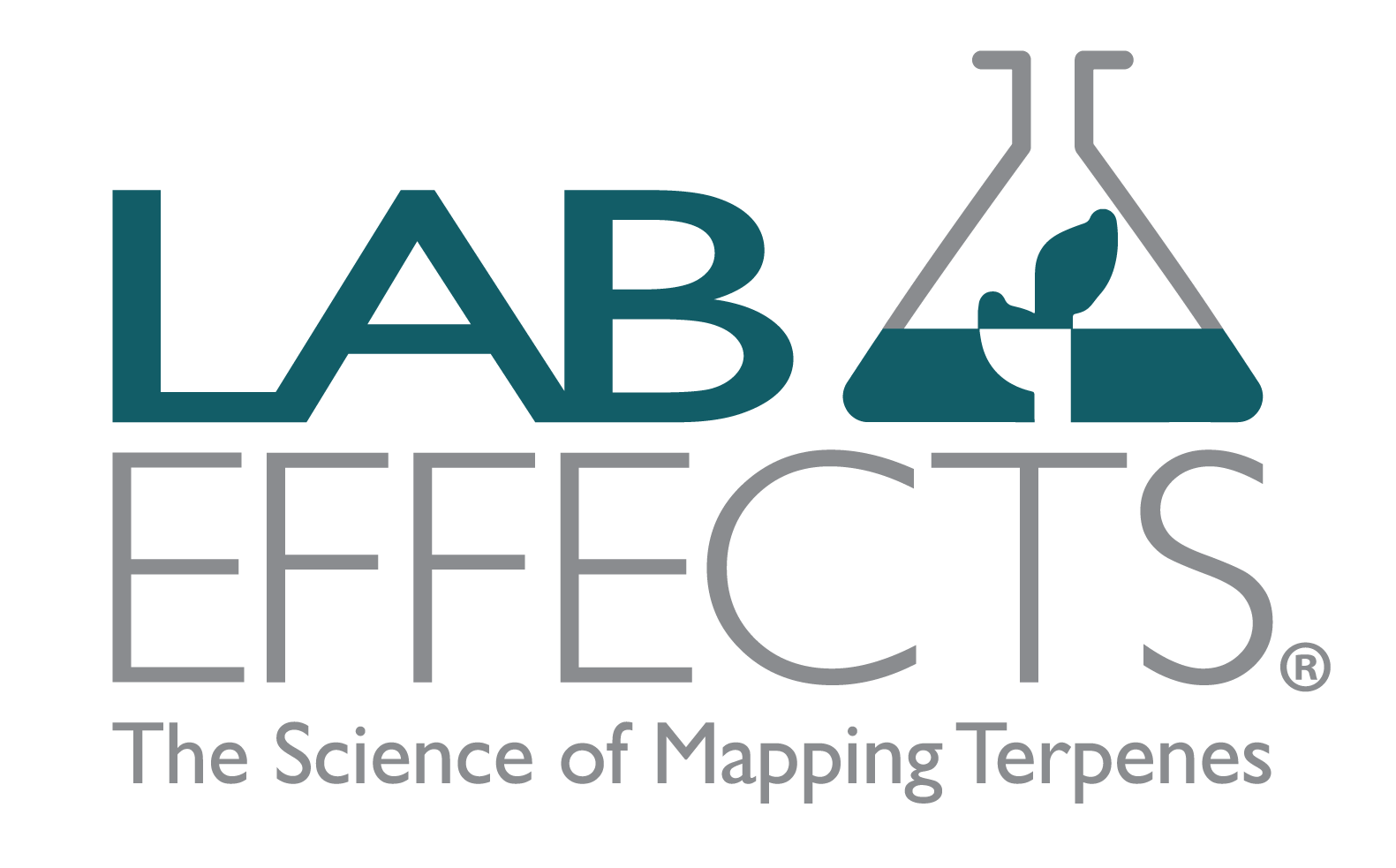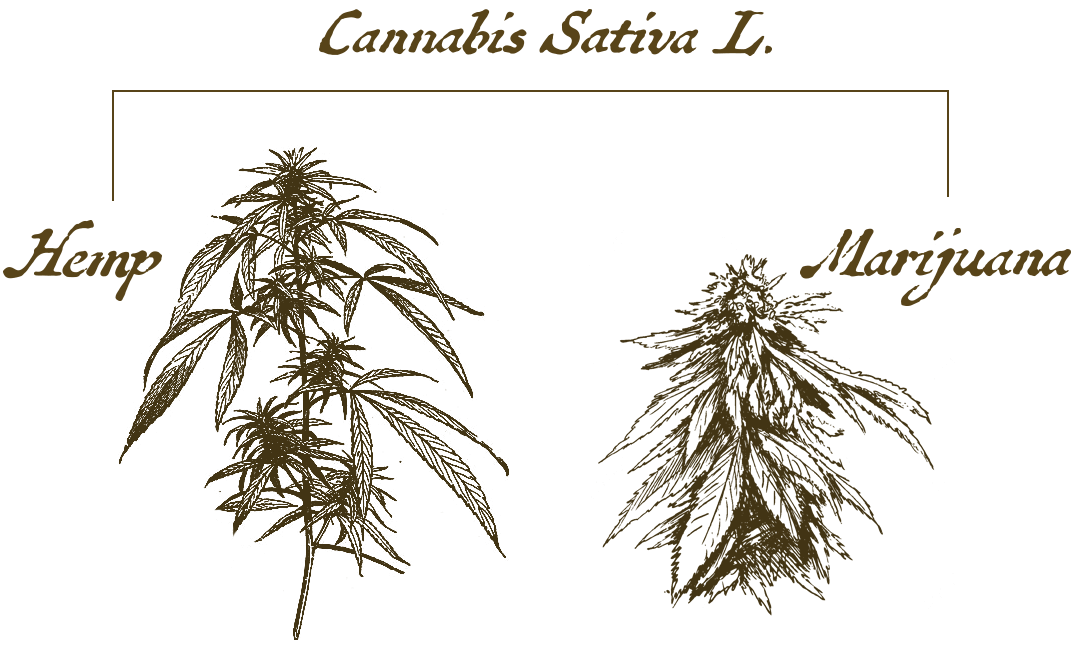
The marriage of distillate and terpenes is almost magical. From an extract taken down to its purest form, you can create unique products that evoke familiar experiences. Adding the terpene profile of your choice to concentrated distillate can make it smell and taste exactly how you like or even recreate the therapeutic profile of the original plant.
What Is Distillate?
Distillates are highly refined extracts created by distilling plant material into a highly purified form.
In the cannabis world, distillate refers to extracts created via one of the three most common solvent extraction methods (ethanol, hydrocarbons, CO2). These crude extracts are then refined into a highly purified final product — a distillate.
Cannabis distillates are higher in concentration of cannabinoids than first-pass extraction (aka crude oil) because they have been further refined through a reduction process.
This reduction process removes waxes, lipids, and chlorophyll pigments, which means the relative percent concentration of everything remaining increases as a ratio of the total volume.
In other words, if you remove everything but one compound, the concentration of this compound becomes closer to 100 percent of the final product. It’s a process that transforms a highly variable plant into a much more standardized and consistent raw ingredient.
Does distillate have any terpenes?
The distillate manufacturing process naturally produces a highly potent final product, where cannabinoids are separated from other chemical compounds, like terpenes. For example, a distillate may contain a concentration of up to 90 percent pure cannabinoids, but due to the nature of this process, few terpenes remain in the final product.
Without terpenes, all you get is a pure cannabinoid experience without much nuance or aroma. Adding terpenes back into distillate can restore the type of experience most users prefer, including taste and smell profiles unique to specific marijuana strains.
Disclaimer: Terpenes are nonpolar oil-based hydrocarbons that, in pure form, can be very potent and sometimes volatile, flammable, and even corrosive compounds. For this reason, they should strictly be used by experienced and trained manufacturers, and we advise those unfamiliar with these compounds to exercise caution.
Does the Extraction Method Impact Terpenes?
Let’s break down the science behind each extraction method and how it impacts terpenes. Each method comes with pros and cons, but in almost all cases, the result will have fewer terpenes than what you started with. This is why people often want to reintroduce terpenes into their distillates, regardless of the extraction method.
Hydrocarbon extraction
Among all solvent extractions, hydrocarbons are by far the most superior method for maintaining terpenes. Even then, some may be lost in the process, particularly if dewaxing the oil is done post-extraction and not as an in-line single step. The good news is that most quality closed-loop systems have evolved to better capture terpenes.
Hydrocarbons work so well because both cannabinoids and terpenes are nonpolar molecules. In chemistry, like dissolves like, so cannabis extraction often relies on nonpolar solvents (like propane, butane, iso-butane) in the process.
Ethanol extraction
Running alcohol (food-grade ethanol) extraction is an exception to the like-dissolves-live rule. Technically, ethanol is a polar molecule, but it is also very good at dissolving lipid-based molecules like cannabinoids and terpenes.
Yet, when it comes to terpene preservation, alcohol extraction comes with the additional challenge of separating the alcohol from the extract by cooking off and distilling the alcohol out of the extract.
This is an extra step and can be a messy process. More importantly, the act of having to cook off the alcohol also means that other components, like terpenes, are being cooked off as well.
CO2 extraction
Using CO2 as an extraction method can also be very challenging to maintain the native terpene profiles. While the supercritical CO2 method does a much better job of terpene preservation, the end result still lacks the robust terpene profile many people look for.
Is It a Good Idea to Mix Terpenes With Distillate?
By its very nature, distillate removes the value of the entourage effect because it’s predominantly a single cannabinoid like THC or CBD. Yes, its potency and purity are controlled, but it is just a controlled raw material. It’s not a final product.
When you consider that many people have fallen in love with cannabis because of its rich, aromatic flavor and experiential characteristics, adding terpenes back into the formulation helps to rebuild that lost entourage effect. But, importantly, you can create your own recipe, developing more controlled therapeutic specificity and arguably more efficacy.
As a manufacturer, you obviously don’t have to add terpenes back into the mix, but you have an opportunity to. You can transform a raw ingredient into a more curated and desirable final product.
How To Mix Terpenes With Distillate
Mixing terpenes into a distillate isn’t a one-size-fits-all process. It boils down to what you’re trying to achieve and what type of distillate you’re working with. Different cannabinoids require completely different tactics.
As an example, highly refined THC, CBC, delta 8, or HHC distillates will all work fine as vape oils when blended with terpenes. For most applications and formulations, you can simply order a custom terpene blend with the profile you want and then mix terpene and distillate in the desired proportions.
But this is not possible with CBD oil. CBD crystalizes (crashes) at more than 50 percent purity around 1 atm (one atmosphere).
With CBD, you’ll need a diluent to blunt the crash effect. Some diluents, like The Cut, are specifically made for use with CBD distillates to prevent crystallization without affecting the taste profile or smoothness of the final product.
Unlike other cutting agents, which can alter the scent or taste of the final product and can turn carcinogenic at the temperatures required for vaping, The Cut is 100 percent made from non-aromatic terpenes, is plant-derived, and doesn’t contain any of the common adulterants that may be harmful or compromise product quality.
To make vape oil with CBD distillate, start with the distillate, add the desired level of terpenes, and then finish by adding the necessary amount of The Cut to lower the CBD percentage below 50 percent.
Want a higher percentage of CBD? You may want to add another non-crystalizing cannabinoid like CBC to blunt the crystallization.
How Many Terpenes Per Gram of Distillate?
There’s no set ratio or percentage of terpenes to be used per gram of distillate. That’s because distillate is typically not considered a finished product but a raw material used to make other products.
Depending on what you’re manufacturing, the amount and types of terpenes used will depend on the outcome you desire. For example, you’ll have to consider what cannabinoid you’re working with, its crystallization properties, and whether you’re seeking enhanced aromatic and/or therapeutic value.
When it comes to vape pens, the amount and types of terpenes added will be specific to the desired taste, smell, and therapeutic effects.
Terpene-to-distillate ratio
If just reintroducing terpenes to a raw distillate to improve its value, it’s usually recommended to start with a formulation of 1 to 3 percent added terpenes. For vape use, people typically go higher, with a mix containing 3 to 7 percent terpenes. This delivers a more robust aroma and taste, which can amp up the vaping experience.
However, it’s not totally unheard of to go as high as 10 to 15 percent terpenes. For example, some delta 8 manufacturers cut their distillate with terpenes equal to 20 percent or more of the total volume. This type of maximized terpene use can give users what feels like a whole-body high, as they’re surrounded by the aroma and lost in the experience of their favorite cannabis strain.
The Best Terpenes for Distillate
What terpenes should you use for your distillate-based product? The answer depends on what you’re trying to achieve and at what scale and cost.
Therapeutic blends
If your brand is wellness-oriented, consider adding therapeutic terpene blends. These are designed specifically to help people feel better and get the most from cannabis distillates, with possible benefits including:
- Relaxation and better sleep
- Immune and oncology support
- Pain and inflammation relief
- ADHD, focus, and active mind support
Hybrid profiles
If you want to scale and are committed to having a wide range of profiles but are worried about cost, consider hybrid terpene profiles. These can deliver authentic cannabis aromas and cost-effective scalability with unlimited options and unbeatable true-to-flower consistency.
And don’t forget: if you need a diluent that doesn’t introduce unwanted chemicals and compounds to your product, The Cut is your perfect solution. It reduces viscosity and eliminates crystallization, letting you work easily with both THC and CBD distillates.
Cannabis-derived terpene profiles
If your potent distillate is missing a bit of personality, you can recapture what was lost during extraction with a True-to-Flower™ cannabis-derived terpene blend. You’ll have a product that locks in a higher cannabinoid potency consumers are after, but now with an improved aromatic and flavor vape experience that contains the actual cannabis essential oil of that specific varietal.
Here are just a few of our favorites:
Tropicana Cookies
Tropicana Cookies (also known as “Tropicanna”) has a strong citrus aroma and a cookie-sweet flavor. It’s a cannabis strain that people say makes them feel energized, creative, and uplifted, ready to face the day.
The terpenes profile for this strain is dominated by limonene, a terpene associated with anxiety and stress relief, (1) as well as secondary myrcene and caryophyllene terpenes.
OG Kush
OG Kush has a piney, woody taste and a lemon-fueled, spicy aroma. Many people like smoking it at night and say it delivers a strong high that leaves them both euphoric and sleepy.
The terpenes profile for this strain is dominated by myrcene, a terpene associated with anti-inflammatory and analgesic properties, (2) and contains limonene and caryophyllene as secondary terpenes.
Northern Lights
Northern Lights has a piney, earthy, spicy aroma and a similar flavor cut with hints of sweetness. People refer to this strain as strongly indica dominant and say it can help with both pain and insomnia through full relaxation.
The terpenes profile for this strain is dominated by myrcene, which has been connected with peripheral analgesic functions, (3) as well as caryophyllene and limonene as secondary terpenes.
Gelato
Gelato tastes and smells sweet, creamy, and fruity. Some people say it makes them quickly relaxed and sleepy, while others claim it helps them focus. Most agree it seems to help alleviate pain, fatigue, and insomnia.
The terpenes profile for this strain is dominated by beta-caryophyllene, known for its anti-inflammatory and antioxidant properties, (4) with most secondary terpenes consisting of humulene and limonene.
What are the Best Terpenes for D8 Distillate?
Delta 8 is often referred to as delta 9’s gentler little sister; it provides a smoother “high” while maintaining the euphoric effects most people experience. Strains high in THC include:
Lemon Haze
Lemon Haze has a taste that’s simultaneously tart and sweet, with an aroma that is both citrusy and peppery. This sativa-dominant strain is great for daytime use; people say it makes them feel energetic, uplifted, and talkative.
The terpenes profile for this strain is dominated by beta-caryophyllene, which can boost CBD’s natural analgesic properties, (5) as well as secondary terpenes, including terpinolene, humulene, and myrcene.
Zkittlez
Zkittlez has a surprisingly fruity flavor that combines berries with a splash of citrus and an aroma that is earthy and herbal. Also known as “The Original Z” due to complaints from a popular candy brand, it’s preferred by many people who like a sweeter taste and want to feel relaxed and stress-free.
The terpenes profile for this strain is dominated by humulene, which is associated with anti-inflammatory and gastroprotective traits, (6) and also contains secondary terpenes such as limonene, pinene, and myrcene.
What are the Best Terpenes for D9 Distillate?
Delta 9, the original THC, is stronger than delta 8 and delivers the experience most THC users are looking for. Common strains that are favorites among delta 9 users because of their unique taste and aroma include:
Durban Poison
Durban Poison has a sweet yet minty taste and a spicy, wood and citrus aroma. This heavily sativa-dominant strain is popular among daytime users who want to feel energized, focused, and uplifted throughout a busy day.
The terpenes profile for this strain is dominated by terpinolene, found to support the anti-anxiety and sedative effects of cannabinoids, (7) followed by myrcene and ocimene as secondary terpenes.
Jamaican Dream
Jamaican Dream smells of citrus, strawberry, and tropical fruits and leaves a sweet taste on the tongue. People say it delivers a weightless euphoria and a burst of energy, making it ideal for a wake-and-bake choice.
The terpenes profile for this strain is dominated by caryophyllene and limonene, known for its antioxidant and anti-inflammatory properties, (8) as well as secondary terpenes myrcene and pinene.
What are the Best Terpenes for HHC?
HHCs are another type of semi-synthetic cannabinoid created from CBD. This means they aren’t found naturally in cannabis and aren’t associated with any specific strain. However, terpenes can be added to HHC distillate to create products that mimic favored strains.
Candyland
Candyland is a higher-than-average THC strain with a spicy, hoppy flavor and a sweet, pungent aroma. People report that they feel uplifted and creative after use, and it’s a popular strain among chronic pain sufferers.
The terpene profile for this strain is dominated by beta-caryophyllene and humulene (alpha-caryophyllene), strongly linked to anti-inflammatory action (9). Limonene and myrcene play secondary terpene roles.
Clementine
Clementine has a sweet, citrusy taste and aroma that linger on the senses. Many people use it as a wake-and-bake option to increase energy and focus during the day or even to “open the third eye.”
The terpene profile for this strain is dominated by terpinolene and ocimene, shown to inhibit enzymes related to hypertension (10). Secondary terpenes include myrcene and pinene.
Finding the Ideal Distillate and Terpene Match
Depending on your goals for your distillate products, you may prefer cannabis-derived, hybrid, or even specialty therapeutic blends. You may not know exactly what you want until you find it, which is why Lab Effects offers Quick-Start Terpene Sample Kits.
Each kit includes the five most popular terpenes in that category. Choose from:
- Cannabis-derived strains
- Cannabis hybrid strains
- Flavored cannabis strains
- Therapeutic terpene blends
- Natural terpene flavors
- Botanical cannabis strains
- Isolated botanical terpenes
Contact our team today to learn more about our terpene options and start creating your own distillate products enhanced with the flavor and aroma of your favorite cannabis strains.
Sources
- https://pubmed.ncbi.nlm.nih.gov/33548867/
- https://www.ncbi.nlm.nih.gov/pmc/articles/PMC9319952/
- https://pubmed.ncbi.nlm.nih.gov/1753786/
- https://www.ncbi.nlm.nih.gov/pmc/articles/PMC7692661/
- https://www.ncbi.nlm.nih.gov/pmc/articles/PMC9779834/
- https://www.ncbi.nlm.nih.gov/pmc/articles/PMC2785529/
- https://www.ncbi.nlm.nih.gov/pmc/articles/PMC9906924/
- https://www.ncbi.nlm.nih.gov/pmc/articles/PMC8348102/
- https://www.ncbi.nlm.nih.gov/pmc/articles/PMC2785529
- https://pubmed.ncbi.nlm.nih.gov/24348547/



